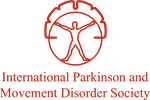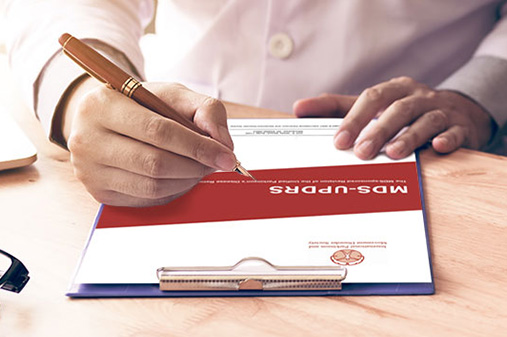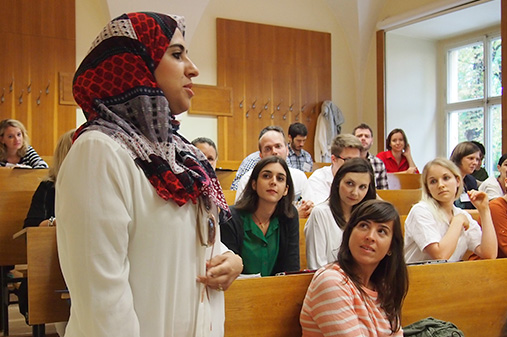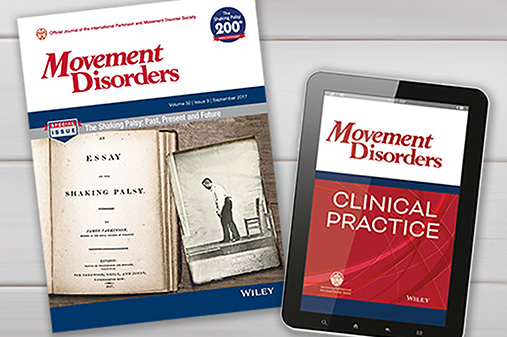 VOLUME 28, ISSUE 4 • DECEMBER 2024. Full issue »
VOLUME 28, ISSUE 4 • DECEMBER 2024. Full issue »

Motor overflow, synkinesia, and mirror movements: Improving recognition of these similar but distinct motor phenomena
As a movement disorder specialist, precise clinical observation is one of the clinician’s most powerful tools in the challenging task of deep phenotyping, ultimately leading to accurate diagnoses and optimal patient care. In patients with movement disorders, careful examination often allows us to spot subtle motor phenomena; for example, a common observation is that voluntary movements can at times be accompanied by subtle involuntary muscle contractions or movements in other body regions.1-4 There is, however, some confusion in the terminology, and vague or ambiguous terms are commonly employed to describe these phenomena. Terms such as overflow, synkinesia (or synkinesis), and mirror movements (MM) are indeed often inappropriately used as synonyms. A recent review published in Movement Disorders Clinical Practice (MDCP) journal and awarded as the 2024 Review Article of the Year in MDCP summarized the key clinical and pathophysiological aspects of mirror movements, dystonic overflow, synkinesia, entrainment, and mirror dystonia, aiming to improve their recognition and standardize the terminology in clinical practice and research.5
Clinically, all these motor phenomena represent extra movements occurring in a body segment other than that engaged in a particular voluntary action, but differences exist regarding: |
|
1. The body part showing the undesired movement (affected or not affected limb; ipsilateral or contralateral to the voluntary movement; muscles continuous or not to those involved in the voluntary task) 2. The type of the observed movement (identical or not to the original movement) 3. Their pathological significance and the underlying condition (congenital syndromes, Parkinson’s disease, stroke, dystonia). |
Indeed, MM are mostly observed in congenital or parkinsonian disorders, involve the hand contralateral to the voluntary movement, and are identical to the intentional movement;6-7 on the contrary, overflow is typically related to dystonia, is often ipsilateral and contiguous to the muscles engaged in the voluntary task, with involuntary movements not resembling the intentional ones.8 More heterogeneous are synkinesia, which may be observed in a bunch of different diseases and may affect the face or the limbs. Limb synkinesia commonly are ipsilateral but observed in a different limb (arm-leg synkinesia), somewhat similar to the voluntary movement.9 Finally, mirror dystonia is a unilateral posture/movement that can be elicited in a dystonic hand when contralateral tasks are performed with the healthy hand (typically but not only writing tasks).10-11 From a pathophysiological perspective, mirror phenomena, overflow, and synkinesia share some common alterations, including abnormal activation of a network including premotor cortex, SMA, cingulate cortex, and their connections to the primary motor cortex, which normally act suppressing additional movements during a specific motor task. However, these phenomena differ regarding the role of primary motor areas and corticospinal tracts (prominent in mirror movements), the type of cortical inhibition (surrounding versus interhemispheric inhibition), and the specific time when inhibition occurs during motor preparation, suggesting that these are distinct motor phenomena.
This review also suggests that terminology may be revised and the term “mirror dystonia” may be abandoned to avoid confusion. This term may be inappropriate or misleading since the term “mirror” implies an analogy between the two motor phenomena, but in “mirror” dystonia the two movements are different, so in fact no mirroring is taking place. Mirror dystonia may therefore be closer to dystonic overflow rather than to the classical mirror movements.
References
-
Kojović M, Bhatia KP. Bringing order to higher order motor disorders. J Neurol. 2019 Apr;266(4):797-805. doi: 10.1007/s00415-018-8974-9.
-
Espay AJ. Motor excess during movement: Overflow, mirroring, and synkinesis. Clin Neurophysiol. 2010 Jan;121(1):5-6. doi: 10.1016/j.clinph.2009.09.022.
-
Berlot R, Rothwell JC, Bhatia KP, Kojović M. Variability of Movement Disorders: The Influence of Sensation, Action, Cognition, and Emotions. Mov Disord. 2021 Mar;36(3):581-593. doi: 10.1002/mds.28415.
-
Hoy KE, Fitzgerald PB, Bradshaw JL, Armatas CA, Georgiou-Karistianis N. Investigating the cortical origins of motor overflow. Brain Res Brain Res Rev. 2004 Nov;46(3):315-27. doi: 10.1016/j.brainresrev.2004.07.013.
-
Quattrone A, Latorre A, Magrinelli F, Mulroy E, Rajan R, Neo RJ, Quattrone A, Rothwell JC, Bhatia KP. A Reflection on Motor Overflow, Mirror Phenomena, Synkinesia and Entrainment. Mov Disord Clin Pract. 2023; 10(9):1243-1252. doi: 10.1002/mdc3.13798
-
Cox BC, Cincotta M, Espay AJ. Mirror movements in movement disorders: a review. Tremor Other Hyperkinet Mov (N Y). 2012; 2:tre-02-59-398-1. doi: 10.7916/D8VQ31DZ.
-
Liu P, Yuan Y, Zhang N, Liu X, Yu L, Luo B. Mirror Movements in Acquired Neurological Disorders: A Mini-Review. Front Neurol. 2021; 12: 736115. doi: 10.3389/fneur.2021.736115.
-
Albanese A, Bhatia K, Bressman SB, Delong MR, Fahn S, Fung VS, Hallett M, Jankovic J, Jinnah HA, Klein C, Lang AE, Mink JW, Teller JK. Phenomenology and classification of dystonia: a consensus update. Mov Disord. 2013; 28: 863-73. doi: 10.1002/mds.25475.
-
Parmera JB, Brucki SMD, Coutinho AM, Nitrini R. Foot-Hand Synkinesis in Corticobasal Syndrome: Single Clinical Feature with Distinct Molecular Imaging Biomarkers. Mov Disord Clin Pract. 2021 Mar 11;8(3):491-492. doi: 10.1002/mdc3.13169.
-
Sitburana O, Jankovic J. Focal hand dystonia, mirror dystonia and motor overflow. J Neurol Sci. 2008; 266: 31-3. doi: 10.1016/j.jns.2007.08.024.
-
Sitburana O, Wu LJ, Sheffield JK, Davidson A, Jankovic J. Motor overflow and mirror dystonia. Parkinsonism Relat Disord. 2009; 15: 758-61. doi: 10.1016/j.parkreldis.2009.05.003.
Read more Moving Along:






